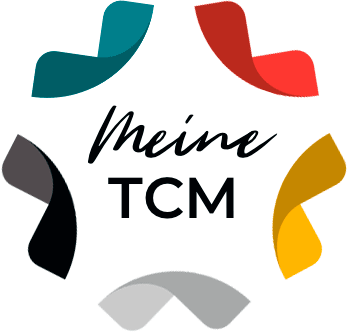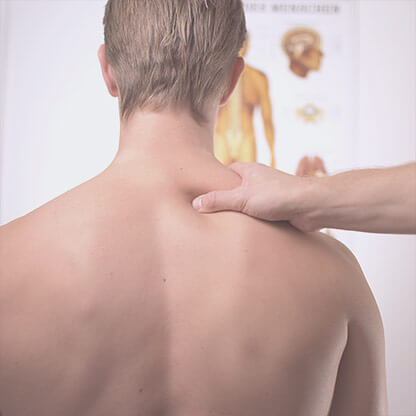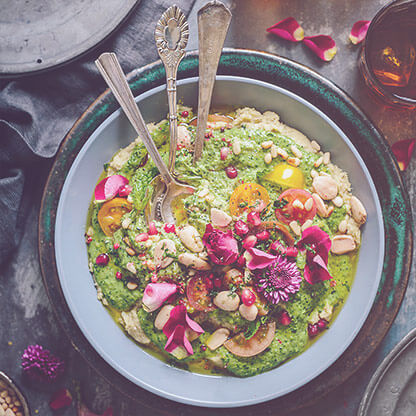Video: The 5 schools of Qi Gong
Qi Gong has evolved over millennia, forming countless styles and variants. That is why also the so-called 8 BrocadesEach Qi Gong teacher has his own personality and preferences. Because every qigong teacher has his own personality and his own preferences, which he brings into the system. He passes these on to one or more students, he inherits them, so to speak. The students, in turn, also influence the system. Because of this, there are different variations of the 8 brocades, in which there are basically always 8 exercises, some of which are also very similar.
This is also good, because the system thus remains in constant change and adapts to the requirements of the time or place. The classical daily routine of a Westerner is not at all dissimilar to that of a monk living in a Zen monastery. Both spend most of the day in a sitting position. While one meditates for many hours, the other looks at his screen with the same concentration. In both cases, the body wants to be moved. In Buddhist monasteries, one is aware of this, which is why Qi Gong, besides meditation, is an important part of the monks' daily life.
In general, one can distinguish 5 schools in Qi Gong, in terms of theoretical background, but also in terms of practical execution of the exercises.
1. medical qigong
These exercises focus on health. They can be used not only to prevent diseases, but also to treat them. Mostly in combination with herbal therapy and nutrition.
Qi Gong is seen as an important tool of TCM and it is essential to know something about Yin & Yang, the 5 phases of transformation and meridians. By focusing on certain Acupuncture Points or Meridian stretches blockages in the body are released. Breathing plays a central role here.
2. daoist qi gong
This form of Qi Gong has developed, in close connection with the teachings of Daoism. Daoism is about a kind of inner alchemy of the body. Here, the 3 treasures play a major role. These are 3 qualities of energy that determine our lives. The 3 treasures are composed of essence (Jing), energy (Qi) and spirit (Shen). In order for us to be physically and mentally healthy, these 3 treasures must be in balance. Qi Gong shows the way here.
In Daoist Qigong, as in Buddhist Qigong, the focus is on meditation exercises.
Variety is the spice of life.
Ernst von Wildenbruch
3. buddhist qi gong
This form of qigong is often practiced while sitting. It is influenced by a meditation movement called Chan. The term Chan is less known in Japan than the term Zen. However, Japanese Zen originated from Chinese Chan. Chan, like Zen, places special emphasis on controlling the mind. Letting the mind dwell in emptiness, a state without thought, is the skill that Buddhist qigong seeks to develop.
4. Confucian Qi Gong
The teachings of Confucius, a famous saint who lived around 500 BC, serve as a model for this qigong direction. In it, the development of good character is of paramount importance, which is why attention is paid to specific virtue exercises such as kindness, sincerity and respect. In Confucian qigong, there are a number of ethical rules that must be observed.
5. qigong in martial arts
The qigong exercises here are focused on dueling. The goal is to build a strong health, a strong body and a generally good condition. Agility, coordination and balance, but also reflex action and the ability to develop a force explosively are trained.
























